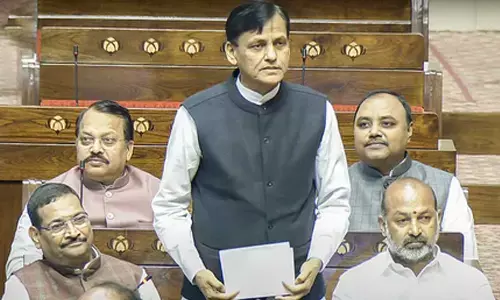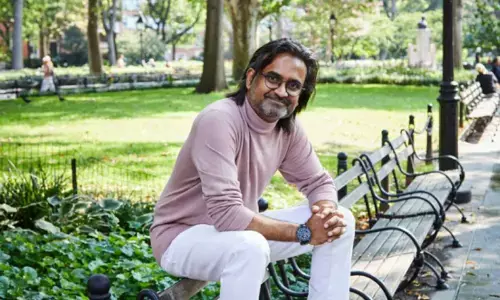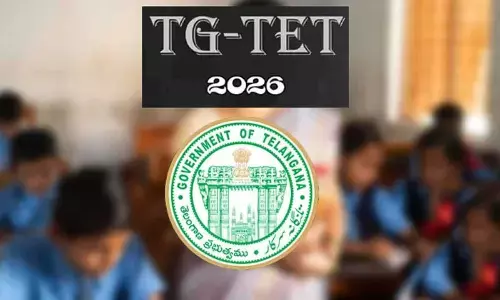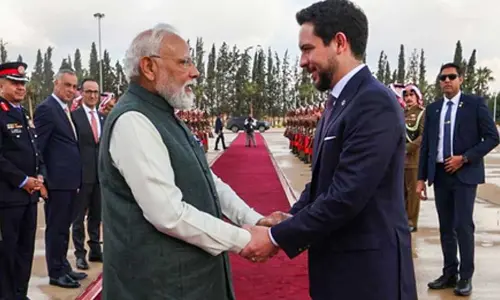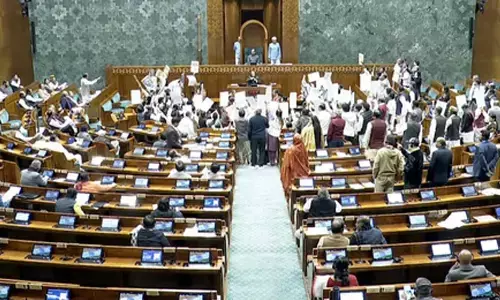Home rule league

The First World War broke out in August 1914. The Allied powers claimed that they were fighting the war for freedom and democracy. In the beginning of the war, some of the Indian nationalists took the British statesmen on their word.
The First World War broke out in August 1914. The Allied powers claimed that they were fighting the war for freedom and democracy. In the beginning of the war, some of the Indian nationalists took the British statesmen on their word.
They offered utmost support to the government’s war efforts. Their hope was that the grateful Britain would soon reward India’s loyalty. These hopes were later shattered to pieces. The Congress was still divided between the moderates like Gopal Krishna Gokhale and the extremists like Bal GangadharTilak.
Surendra Nath Banerjee feared that the long delay by the government in introducing reforms would weaken the moderates’ hold upon the people. This came true. Annie Besant gave new hope to the country. “The moment of England’s difficulty is the moment of India’s opportunity.”
She started the Home Rule League Movement to be later supported fully by Tilak. It aimed at self-government for India within the British Commonwealth. She was more Indian than most Indians, a woman of profound courage and determination. The movement soon made a great impact upon the people.
The newspaper, New India, edited by her from Madras, was eagerly awaited by the people and read with great enthusiasm. Annie Besant was Irish by birth. She came to India in 1893. She founded the Central Hindu College in Benaras.
It later became a full-fledged university. She loved our motherland passionately. She worked hard with utmost zeal and devotion for the social and educational uplift of people but gradually came to realise that until the nation was free, much could not be achieved.
That made her take a plunge into politics. She championed the cause of building up India into a mighty self-governing community. For this, she started the publication of a weekly review captioned The Commonweal on January 2, 1914, with its cardinal programme of “religious liberty, national education, social reform and political reform.” She went to England with a view to forming an Indian party in Parliament but had no success.
Her visit, however, aroused sympathy for India as she made many speeches there to support the cause of Indian freedom. She declared that the “price of India’s loyalty is India’s freedom.”
On her return to India, she started a daily newspaper New India on July 14, 1915—July 14 being the historic date of the fall of Bastille. Two months later, she placed before the nation her concept of self-rule in a speech at Bombay (now Mumbai): “I mean by self-government that the country shall have a government by councils, elected by the people, and responsible to the House.”
On September 28, 1915, Besant made a formal declaration that she would start the Home Rule League with “Home Rule League Movement for India” as its objective. She also declared that the League would be an auxiliary body to the Indian National Congress.
The moderates did not like an idea of establishing another separate organisation for an objective for which the Congress stood. They thought that this would weaken the cause both organizationally and emotionally. Finding lack of support from them, she herself formally inaugurated the Home Rule League at Madras (now Chennai) in September 1916. It soon gained a big momentum.
Its branches were established at Bombay, Kanpur, Allahabad, Benaras, Mathura, Calicut and Ahmednagar. She carried on her campaign through the medium of New India and The Commonweal. She also made an extensive tour of the country. She made very stirring speeches.
She also distributed large quantities of literature about her Movement. This was bound to make an impact upon the nation. She won not only many adherents to her cause, but also captured the hearts of her opponents. Many eminent leaders like Motilal Nehru and Tej Bahadur Sapru thus joined her Home Rule League Movement.
In 1916, two Home Rule Movements were launched in the country: one under the leadership of Bal GangadharTilak and the other under Annie Besant.
Tilak Home Rule League: Tilak setup the Home Rule League at the Bombay Provincial conference held at Belgaum in April 1916. The Tilak's League who was to work in Maharashtra (including Bombay city), Karnataka, the central Provinces and Berar. Tilak's League was organised into six branches.
Tilak popularised the demand for Home Rule through his lectures. He said:" India was like a son who had grown up and attend the majority. It wasn't right now that the trustee or the father should give him what was his due. The people of India must get this affected. They have a right to do so."
Objectives : The objectives of the Home Rule League were:
1. Establishment of self-government for India in British Empire
2. Working for national education and social and political reforms
The Home Rule movement created public opinion in favour of Home Rule through public meetings, discussions, reading rooms, propaganda, newspapers and pamphlets.
Annie Besant’s Home Rule League : Annie Besant came to India in 1893 to work for the Theosophical Society. In 1914, she decided to enlarge her activities to include the buildings of a movement for Home Rule in India on lines of Irish Home Rule League.
In September 1916, Besant announced the formation of Home Role League, with George Arundale, her Theosophical follower, as the organising secretary. Jamnadas Dwarkadas, Shankarlal Banker, Indulal Yagnik, George Arundale, L.P. Ramaswamy Lyer were among the prominent members of Besant's League.
Arrest Of Besant: In June 1917, the Government of Madras decided to place Mrs Besant and her associates, B.P. Wadia and George Arundale under arrest. Their internment became the occasion of nation-wide protest. In a dramatic gesture, Sir S. SubramaniaAiyar renounced his knighthood.
The government repression only served to hard on the attitude of agitators and strengthen thier resolve to resist the government. The British Government decided to effect a change in policy and adopt concilliatory posture.
Decline of Home Rule Movement: Home Rule Movement declined after Besant accepted the proposed Montagu-Chelmsford Reforms and the Tilak went to Britain to pursue the libel case that he had filed against Valentine chirol, the author of India Unrest.








